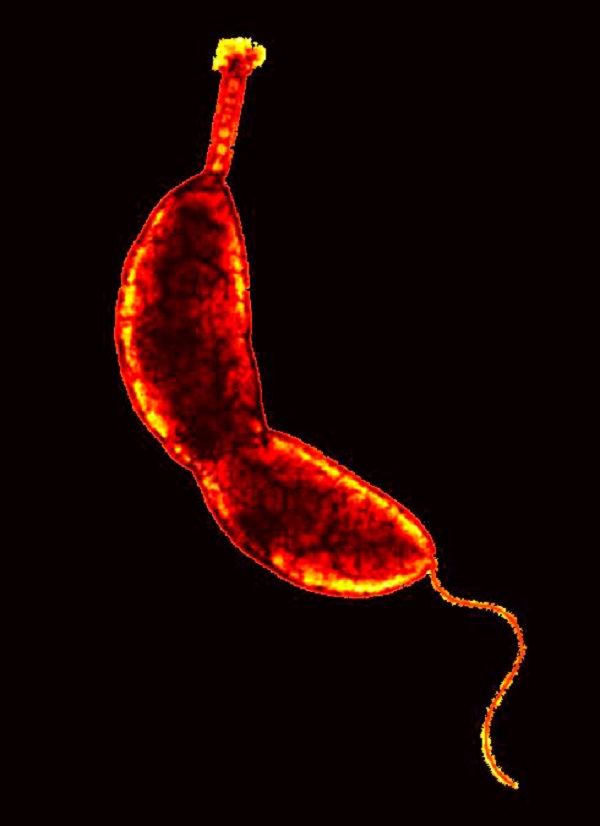Bacterial 'Glue' is One of Nature's Stickiest Substances

This Research in Action article was provided to LiveScience in partnership with the National Science Foundation.
The tiny water bacterium Caulobacter crescentus secretes a sugary substance so sticky that just a tiny bit could withstand the pull from lifting several cars at once. With an adhesive force of nearly five tons per square inch, this "glue" is one of nature's strongest.
But anyone who has ever used superglue before knows that applying it requires great precision. One wrong dab could bond together your fingers instead of that broken vase. Or, if you wait too long, the glue might harden and lose its adhesive power before you need it. Somehow, though, the water bacterium is able to apply its cement at exactly the appropriate time and place, avoiding wasteful and problematic production of the material.
Binding efficiently to surfaces is extremely important to bacteria, whether they're fixing themselves to a surface or forming complex microbial communities — which form the slimy residues on our teeth and bathtubs, and play a role in hard-to-treat infections. Knowing how bacteria stick could help us better understand how to treat and prevent infections and get your tiles and teeth cleaner.
To figure out the binding process in Caulobacter crescentus, researchers from Indiana University and Brown University used high-resolution video microscopy to watch it progress in real time. First, Caulobacter crescentus attaches to a surface at the end of its cell body, which has a propeller-like flagellum. On contact, the flagellum stops moving with help from nearby cable-like structures called pili. This arrest stimulates the production of the sugary adhesive, which is then released at the attachment site and immediately binds the cell to the surface.
The scientists also showed that the same surface contact stimulation process occurs in at least two other bacterial species. Since such on-the-spot production may be common to many bacteria, the researchers think it could be at play during the infection process.
This research was supported by the National Institutes of Health building on earlier work by the reserachers supported by the National Science Foundation (see press release). To see more images and videos of basic biomedical research in action, visit the Biomedical Beat Cool Image Gallery.
Get the world’s most fascinating discoveries delivered straight to your inbox.
Editor's Note: Any opinions, findings, and conclusions or recommendations expressed in this material are those of the author and do not necessarily reflect the views of the National Science Foundation. See the Research in Action archive.



